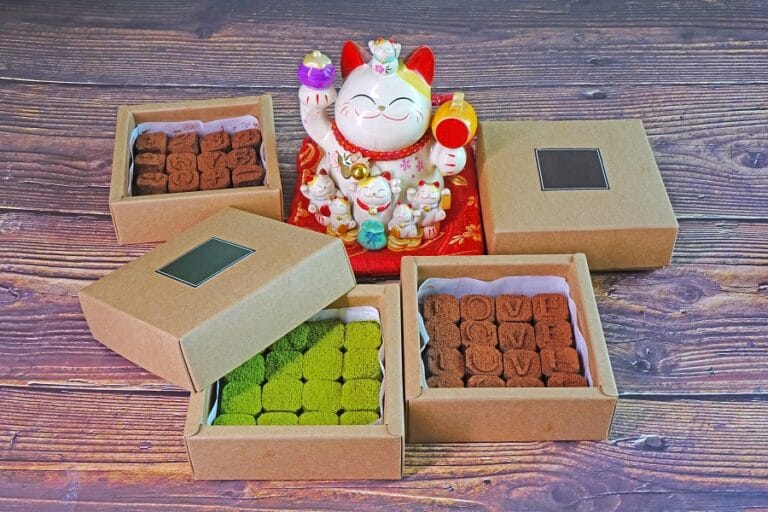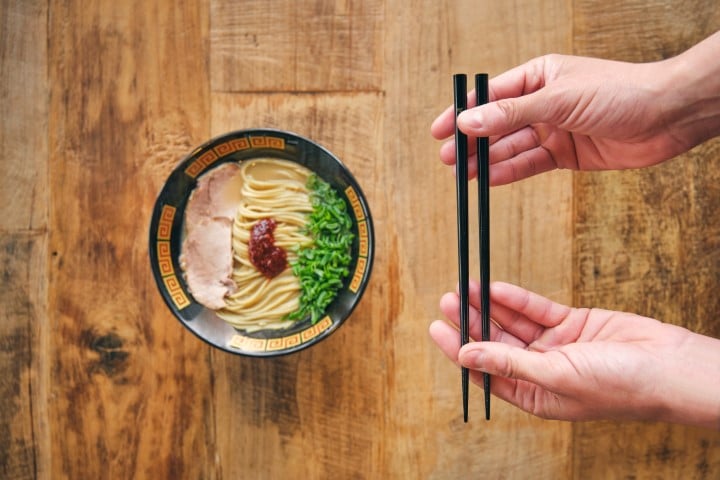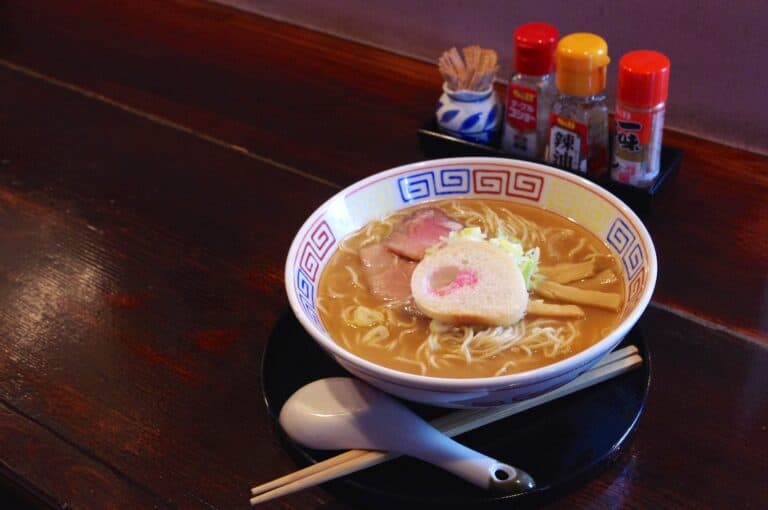What Not to Do In Japan: Things to Avoid While Visiting Japan
In some cases, we earn commissions from affiliate links in our posts.
Whether you are planning a trip to Japan or simply have a love for Japanese culture, you may have noticed that things can be very different on the other side of the world.
It is easy to be washed over by a tsunami of culture shock- so to save yourself embarrassment and stress, it is a good idea to learn what things you should not do while in Japan. The following are tips and cultural advice to help you stand out less as a gaijin (a foreigner) so that you can have a more seamless experience doing what you came to Japan to do- to enjoy Japanese culture!
Here’s your heads up about a few essential things to NOT do while in Japan.
——————————————————————————————
Table of Contents
Eating on The Go
When surrounded by so much tasty Japanese food, you may be tempted to grab a bite at every opportunity. Feel free to indulge, but keep in mind that eating on the run is something you should not do in Japan. This is because snarfing your food or chowing down in a situation that bothers those around you is seen as disrespectful.
This rule applies to the metro, buses, and even while walking. But the shinkansen bullet train is an exception- so feel free to pick up one of those adorable train station bento boxes to enjoy leisurely on the fold-up table at your reserved seat.
If you’re in Japan and do find yourself craving fast food, rest assured that there are plenty of homey restaurants that serve up delicious food in the American to-go style- just be sure to sit down to enjoy your meal!
Related: Where to Find American Comfort Food in Japan
Chopstick Mistakes
Stabbing your chopsticks into rice? Using the same eating utensils for every bowl on the table? Using chopsticks to point? If you thought any of the following were okay then it’s time for you to check up on your chopstick etiquette. There’s a lot more to these eating sticks than first meets the eye!
Impress your host family, friends, and fellow diners by following a few simple steps to help you master eating with chopsticks. Check out Chopstick Etiquette: What You Should Know Before Visiting Japan to learn how.
Tableside Taboos
Chopstick etiquette is just one aspect of good table manners in Japan- in order to make a good impression, there’s a lot more you’ll need to consider!
Not blowing your nose at the table, keeping your voice at a respectable volume, and being mindful of those you are sharing your table with are just a few things to keep in mind. Do not snap your fingers at the waitstaff and always check your table for a buzzer- there’s no need to embarrass yourself by calling out when there’s an easier and more elegant way to catch their attention.
It may sometimes seem like eating out in Japan is a rigorous affair- but no fear! Those with a touch of a rebellious streak may be delighted to know about one big difference between Western and Eastern eating etiquette- in Japan, slurping your noodles is not just okay, it’s seen as polite! Learn more about why (and how to slurp respectfully) in Is it Okay to Slurp Noodles in Japan?
Bumbled bowing
If you’re a fan of Japanese dramas, enjoy anime, or have studied Japanese culture, you’ll know that there is a lot of bowing that goes on in Japan. Rather than shake hands, bowing is usually the go-to for introductions, farewells, business deals, displays of gratitude, and more.
Women usually bow with their hands held gracefully in front while men bow with their arms soldier-straight to the side. The depth and angle of the bow largely depend on the situation and the social status of those involved in the bowing.
Bowing can get complicated, but before you get worried- rest assured that tourists are usually not expected to bow. If you do feel the urge to reciprocate when a store clerk bows to you, a simple and polite nod of your head will often be appreciated. You can also learn more about the hows and whys of bowing in Why Do Japanese People Bow to Each Other?
The ‘All for One’ Mindset
While Western countries often value individuality and self-expression (often called the All for One mindset), Japan tends to take a different view- called One for All. In simple terms, this overarching mindset encourages people to live in a collective, rather than individualistic, society.
During your time in Japan, you can adjust to fit in with this mindset by being extra aware of those you share your space with and being more receptive to their wants and needs. Japanese cities are some of the most densely crowded in the world- it is expected for all to be mindful of those they are sharing tight quarters with!
By being respectful and aware of those around you, you are well on your way to fitting in with Japanese society and making a good impression.
What not to wear in Japan: clothes
When it comes to what clothes to wear in Japan, it’s largely safe to follow the same guidelines as you would in many Western countries. Those who dress conservatively will attract less attention, but so long as you avoid public nudity it is unlikely you will encounter problems.
If you are in the mood to catch the eye of passersby, why not visit some of Japan’s special fashion locations? While outside of these areas you are unlikely to see the clothing trends made popular by TV, if you know where to look you are sure to spot some exciting fashion.
Head to Harajuku in Tokyo to spot unique Harajuku fashion or stop by an anime convention to be dazzled by incredible cosplays. Akihabara is home to many maid cafes, and staff can often be seen on the street talking with potential customers.
Related: Best Anime Recommendations: What Anime to Watch
Note that if you do want to cosplay in Japan, be aware that it is illegal to cosplay on the street in most places. Mascots and cosplayers often need to get permission from local authorities in order to cosplay in public.
As for holy sites- while temples and shrines often do not have strict dress codes, it is always a good idea to dress respectfully in places of worship. Covering up cleavage and shoulders, avoiding leggings and exercise clothes, and having good hygiene are all sure to help you make a good impression. For those that choose to do a temple stay experience, you may be given special temple robes that should be worn while on sacred grounds.
What Not to Wear in Japan: Shoes
Shoes in Japan are a study in and of themselves. During your stay, you will need to master the art of switching shoes quickly and gracefully (often easier said than done!) in order to avoid being scolded gently but firmly by the locals.
The shoes you wear outside are strictly for outdoor spaces or large communal indoor spaces (such as public venues, malls, and large stores). Any time you head inside and encounter a genkan (a raised platform found in entryways that signals the separation of the outside from the inside) you will know that it is time to switch shoes.
Toilets and bathing facilities also have their own special footwear- so be sure to look around outside before you enter the loo. Rows of slippers are a sure tip-off that it’s time for you to temporarily change what’s on your feet.
Keep in mind that you are very unlikely to see a Japanese person wearing flip-flops on the street- these types of “beach shoes” are almost exclusively worn in toilets and bathing areas. When packing your bags, it’s better to leave them behind!
And most importantly- do not ever wear shoes on delicate tatami flooring. Ask your host what they prefer, but if you are invited into a traditional Japanese room it is likely you will need to continue in socks, bare feet, or special slippers meant for the tatami area.
Related: What is a Tatami Mat?
——————————————————————————————
And there you have it! With the above tips in mind, you hopefully have a much better grasp of what not to do in Japan. Whether for school, work, or a fun vacation, you are now ready to confidently enjoy your time in the Land of the Rising Sun.
Related: How to Teach English in Japan: Live in Japan as an English Teacher!
One last bonus tip for you: if you ever do find yourself in a strange situation and aren’t sure if something is or isn’t okay to do in Japan, your best bet will always be to look around and see what the locals are doing.
Wishing you a fun and enjoyable time in Japan- itteraishai! (safe travels!)



